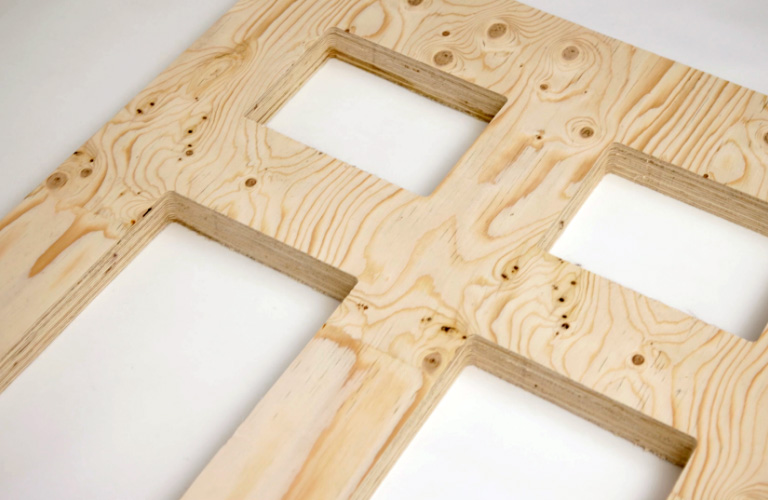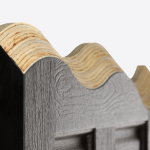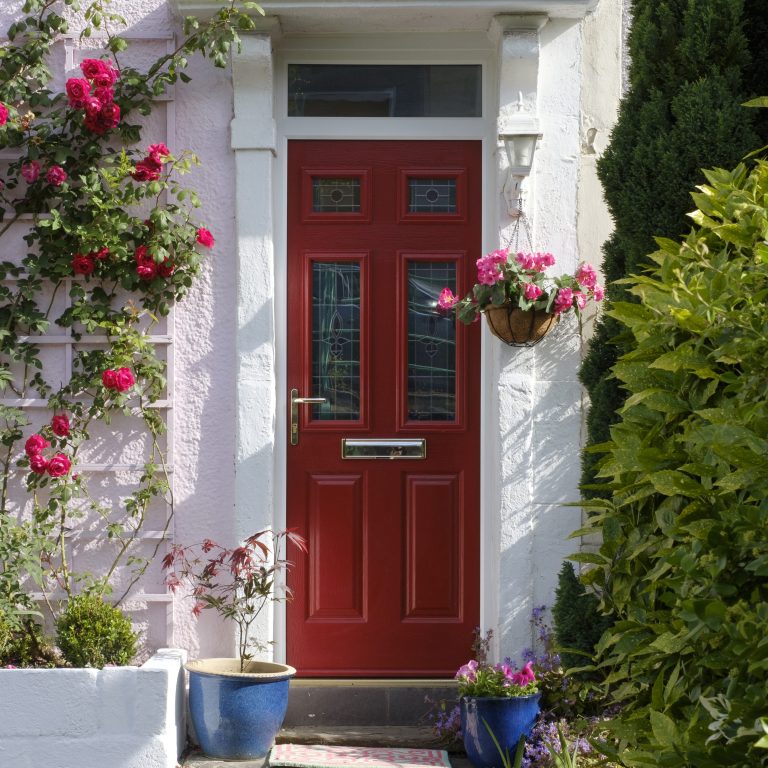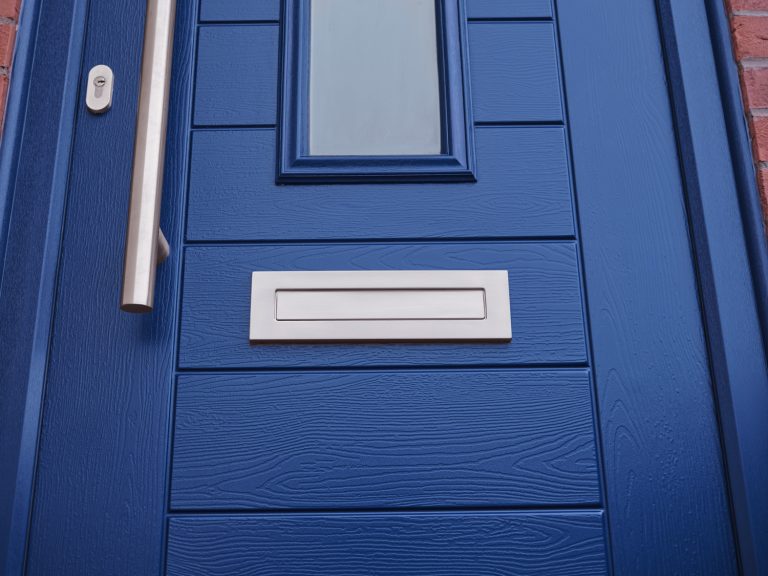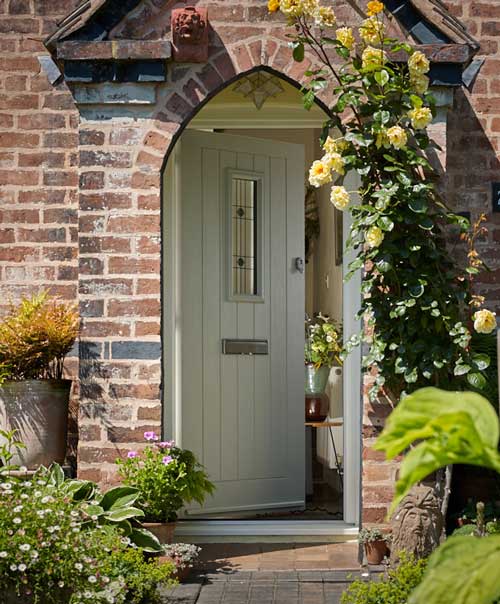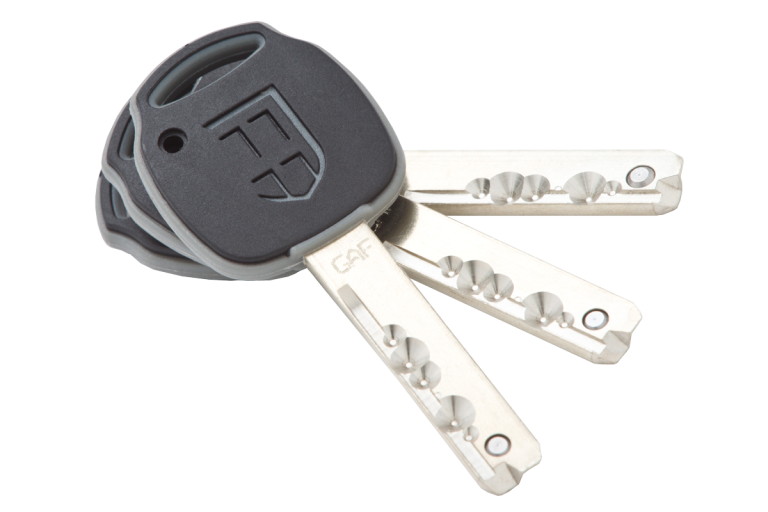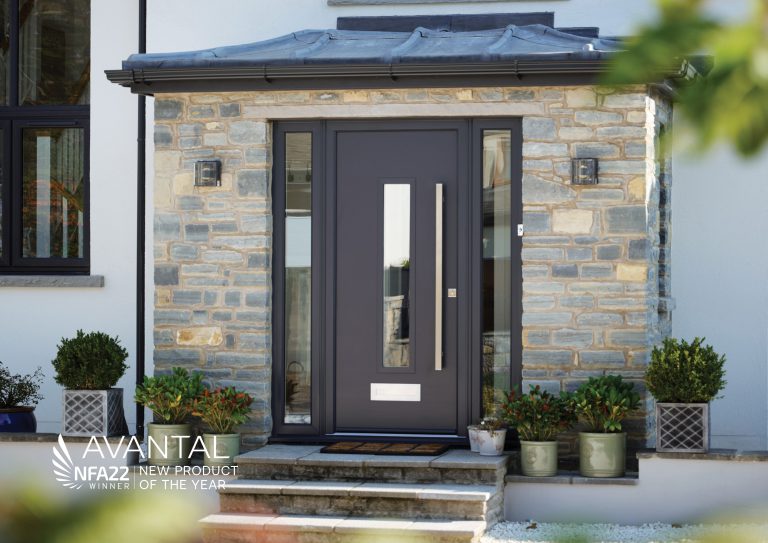At first glance, composite doors can seem almost identical. The styles look similar, the colours catch your eye, and the sales talk all starts to sound the same. But the real difference isn’t in what you can see, it’s hidden inside. That’s where the things that matter most to your home, like security, warmth, and long-term value, are decided.
Many of the cheapest doors on the market use a lightweight foam core to keep costs low, but those savings come at a price: reduced strength, worse insulation performance as the years go by, and a much shorter lifespan. While they might appear to be a bargain on day one, they often end up costing far more in repairs, replacements, and wasted energy.
Today, we’ll look inside the door to break down the difference between foam and solid timber cores and show how choosing the wrong one can quietly drain your energy bills year after year. By the end, you’ll see why a solid timber core door isn’t just the premium option, it’s the most cost-effective investment you can make for your home.
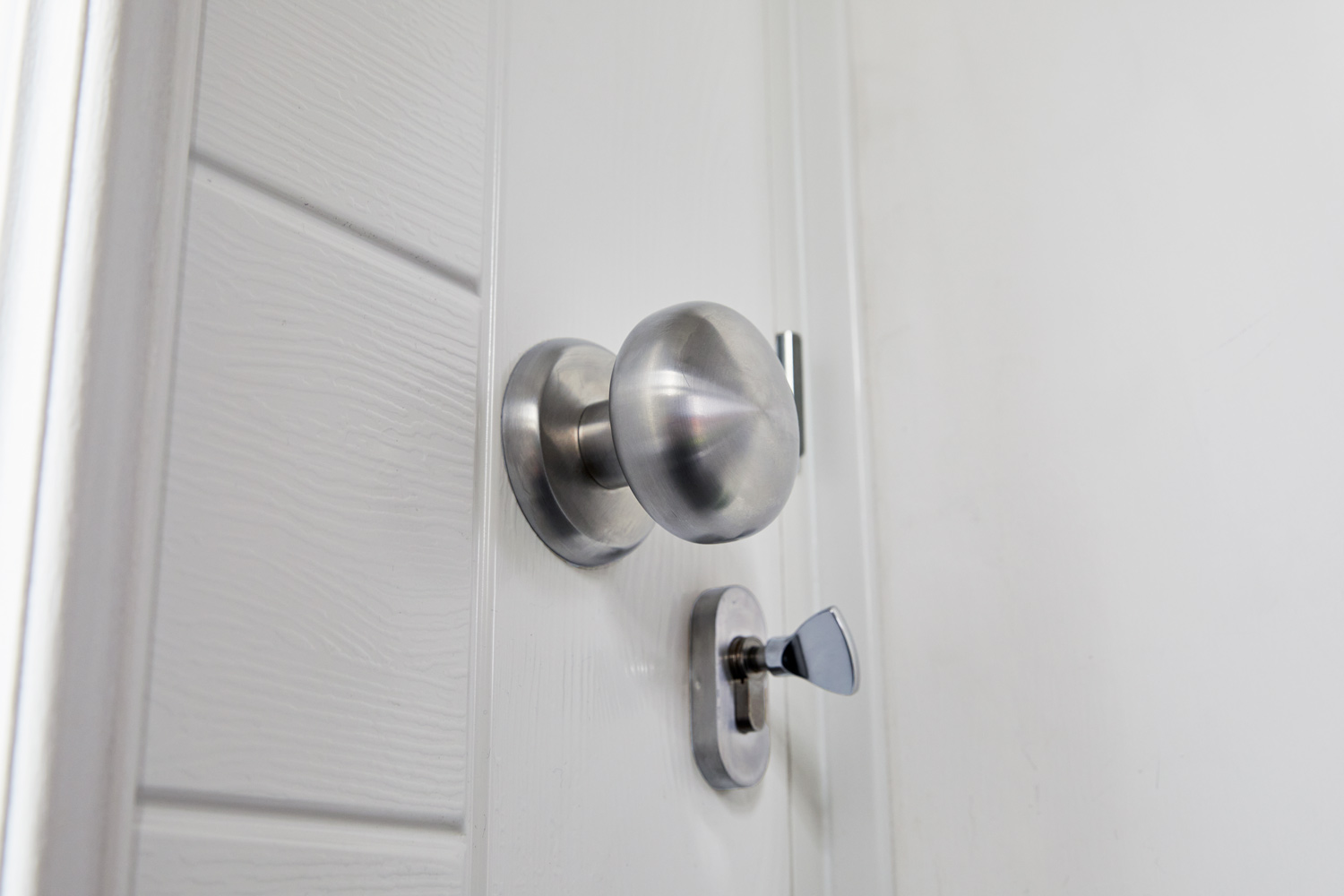
Foam vs Solid Timber Core: What’s Inside Your Composite Door Matters
When shopping for a composite door, it’s easy to focus on the colour, style, and price tag. After all, if it looks good from the outside, you’d assume it will perform well too. However, the real performance of your door is determined by what’s inside.
Most budget composite doors use a lightweight foam core to reduce manufacturing costs. While this keeps the initial price low, foam simply can’t match the strength, durability, or insulation performance of a solid timber core. Over time, foam doors are more prone to warping, denting, and losing their thermal efficiency, meaning you could end up paying more in repairs and energy bills than you ever saved upfront.
On the other hand, an Endurance Door is built around a 48mm thick solid timber core that delivers unmatched structural integrity. Made from 15 cross-laminated layers of engineered timber, this core design ensures maximum stability, incredible resistance to forced entry, and a solid feel every time you close the door. The result is a door that’s not just strong, but one that feels and performs like a true investment in your home’s security and comfort.
When you choose solid timber over foam, you’re investing in long-term performance, peace of mind, and the true quality your home deserves.
Energy Efficiency: Foam vs Solid Timber Core Doors and Long-Term Cost Savings
Your front door is more than just an entrance; it’s a critical barrier against heat loss. The material inside your door plays a huge role in how well it retains warmth and keeps cold draughts out, especially during the colder months when your heating is working hardest.
Foam core composite doors often promise good insulation on paper, but their lightweight structure can lose effectiveness over time. As the door flexes and weathers, small performance gaps appear, allowing more heat to escape. This forces your heating system to work harder and for longer periods, steadily driving up your energy bills. What looks like a cost-effective choice at first can quickly become an expensive habit that eats into your household budget.
In contrast, an Endurance Door’s 48mm solid timber core offers exceptional thermal performance that stays consistent for decades. Timber’s natural density, combined with 15 cross-laminated layers, locks in warmth and blocks out the cold, helping to create a stable and comfortable temperature in your home year-round. This not only improves comfort but also reduces wasted energy, giving you savings you’ll notice on every bill.
Over time, the difference can be significant. By choosing a solid timber core, you’re not just investing in a stronger door – you’re making a smarter financial decision that keeps paying off year after year.
